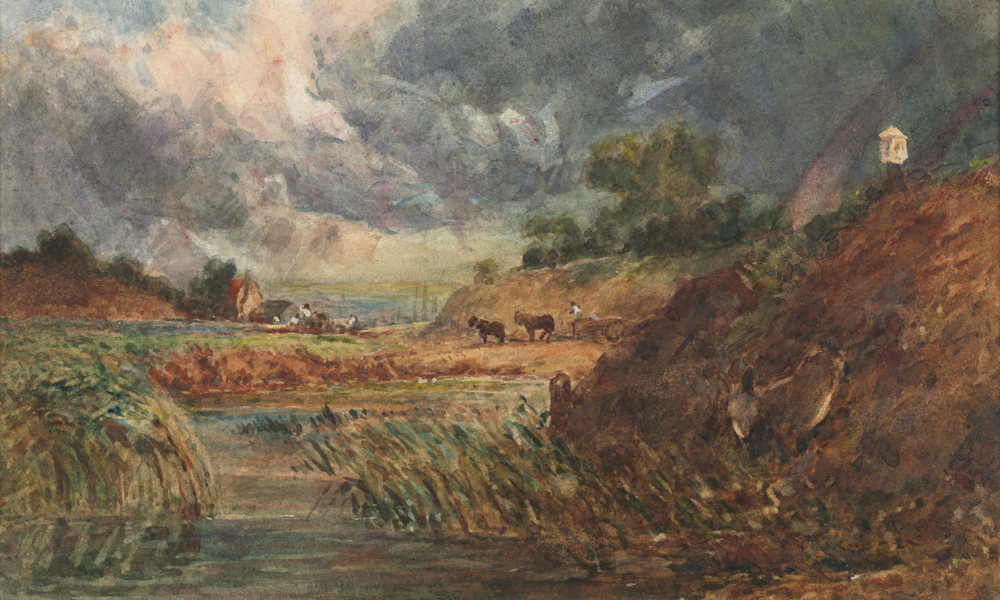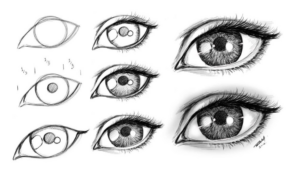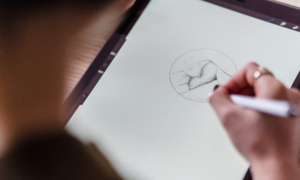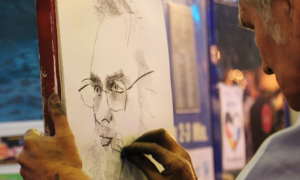Creating art can be a joyful experience, whether you’re wielding a paintbrush, sidewalk chalk, crayons, or a simple pencil. There’s something magical about transforming a blank sheet into a cherished masterpiece with your imagination.
Artists employ various methods to craft their works. Some use paints to achieve lifelike realism, while others manipulate colors to create optical illusions. Shapes and lines are meticulously arranged to form images, and some artists innovate by splattering paint onto canvases. These are just a few examples of the diverse drawing styles employed by artists.
Line drawing, also known as contour drawing, relies on lines to depict where different surfaces of an object meet. These meeting points are referred to as changes of plane. The challenge in line drawing lies in determining when to use solid lines to define these changes and when to employ implied lines instead. Unless aiming for an ultra-minimalist, sharply defined illustration, implied lines are typically preferred for handling these transitions smoothly. Even within a bold outlined approach, strategic use of implied lines can enhance the drawing’s effectiveness.
Pointillism is a painting technique where artists apply tiny dots of primary colors across a canvas. The term originated in the 1800s to describe the method used by French painter Georges Seurat. Rather than directly mixing colors on the palette, pointillism relies on the optical blending that occurs when viewers perceive the dots from a distance. This technique requires skill, as artists must carefully place dots to create the illusion of secondary and tertiary colors in the viewer’s eye. Today, pointillism is less commonly practiced, with many contemporary artists preferring to blend colors on the palette to achieve desired hues.
Stippling, The human brain doesn’t require exact replicas of nature to comprehend visual information; it can infer and interpret details. Artists take advantage of this by exploring alternative perspectives, such as through the technique known as stippling. Stippling involves using individual dots strategically placed to suggest the form, texture, or shading of a subject. By arranging these dots in a deliberate pattern across a surface, artists create recognizable images, especially when viewed from a distance. The farther away one observes stippled art, the more the mind fills in the details independently. Essentially, rather than drawing shapes directly, artists construct them using small dots, employing shading to convey depth and dimension.
Hatching is an artistic method used to achieve shading and tonal effects by drawing closely spaced parallel lines. These lines can also be used in heraldic designs to indicate the color of an “full-color” emblem. When lines are drawn at different angles to each other, it’s known as cross-hatching. The key idea is that the density, thickness, and spacing of these lines influence the lightness or darkness of the overall image and accentuate shapes to create the illusion of depth. It’s important that hatching lines conform to the contours of the subject. By increasing the number, thickness, and proximity of the lines, darker areas can be produced.
The geometric style, originating around 900 BC in ancient Greek art, particularly in vase painting, marked the final phase of purely Mycenaean-Greek artistic expression before external influences began around 800 BC. Vases adorned in this style feature horizontal bands filled with intricate patterns. In addition to abstract designs, artists in the geometric style started incorporating simplified human and animal figures, viewing them as compositions of geometric shapes—bodies represented as triangles and limbs as straight lines or segments.
Photorealism is a genre of art encompassing painting, drawing, and other graphic mediums, where artists closely study a photograph and strive to replicate its image with utmost realism in a different medium.
Photorealist paintings rely heavily on photographs as their source material. To achieve accuracy, artists freeze moments captured by the camera and meticulously reproduce them onto canvas. Typically, artists first develop a photographic slide and then use methods like projection or traditional grids to transfer the image onto a larger canvas. The resulting artworks often closely resemble the original photograph but are typically enlarged, emphasizing precise details and requiring advanced technical skill to recreate effects like reflections on shiny surfaces or the precise geometry of man-made environments.
Graffiti refers to drawings or writings created on walls or surfaces, typically without authorization and in public view. It encompasses a wide spectrum from simple written words to intricate murals. Its origins trace back to ancient civilizations such as Egypt, Greece, and Rome, where examples have been found.
Graffiti remains a contentious issue. In most countries, property owners and authorities view it as defacement and vandalism, punishable by law. Concerns often highlight graffiti’s association with street gangs marking territory or signaling gang-related activities. Consequently, many industrialized cities perceive graffiti as a growing urban challenge.
A mosaic is an artistic method where small elements are arranged to form a complete image or object. These elements are commonly small tiles made from materials like glass, stone, or other substances. While square tiles, known as tesserae, are typical, round or irregularly shaped tiles, called pebbles, are also used.
Two primary techniques are employed in mosaic creation. The first, known as the direct method, involves placing tiles directly onto a surface to form the design. The second technique, the indirect method, involves assembling the mosaic upside down on a temporary surface before transferring it to its final location once completed.
A mosaic is an artistic method where small elements are arranged to form a complete image or object. These elements are commonly small tiles made from materials like glass, stone, or other substances. While square tiles, known as tesserae, are typical, round or irregularly shaped tiles, called pebbles, are also used.
Two primary techniques are employed in mosaic creation. The first, known as the direct method, involves placing tiles directly onto a surface to form the design. The second technique, the indirect method, involves assembling the mosaic upside down on a temporary surface before transferring it to its final location once completed.




